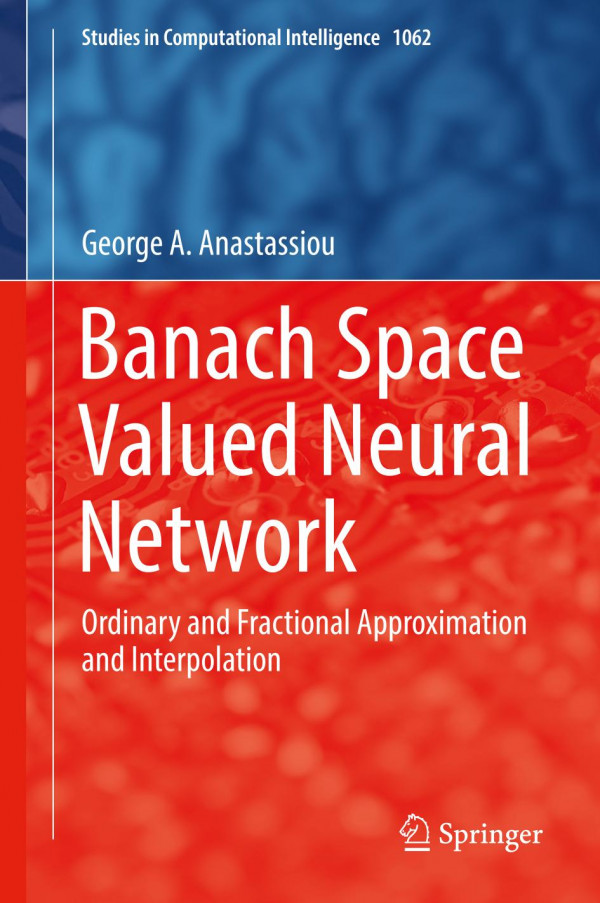

Most ebook files are in PDF format, so you can easily read them using various software such as Foxit Reader or directly on the Google Chrome browser.
Some ebook files are released by publishers in other formats such as .awz, .mobi, .epub, .fb2, etc. You may need to install specific software to read these formats on mobile/PC, such as Calibre.
Please read the tutorial at this link: https://ebookbell.com/faq
We offer FREE conversion to the popular formats you request; however, this may take some time. Therefore, right after payment, please email us, and we will try to provide the service as quickly as possible.
For some exceptional file formats or broken links (if any), please refrain from opening any disputes. Instead, email us first, and we will try to assist within a maximum of 6 hours.
EbookBell Team

5.0
18 reviewsThis monograph is the continuation of authors earlier (i) 2011 monograph, Intelligent Systems: Approximation by Artificial Neural Networks, Springer, Intelligent Systems Reference Library, Volume 19, and (ii) 2016 monograph, Intelligent Systems II: Complete Approximation by Neural Network Operators, Studies in Computational Intelligence, Volume 608.
The innovation here is that the neural networks are Banach space valued, induced by a great variety of activation functions deriving from the arctangent, algebraic, Gudermannian and generalized symmetric sigmoid functions.
Reiterating, this book is about the generalization and modernization of approximation by neural network operators. Functions under approximation and the neural networks are Banach space valued. These are induced by a great variety of activation functions deriving from the arctangent, algebraic, Gudermannian, and generalized symmetric sigmoid functions. Ordinary, fractional, fuzzy, and stochastic approximations are exhibited at the univariate, fractional, and multivariate levels. Iterated-sequential approximations are also covered.
The book's results are expected to find applications in the many areas of applied mathematics, computer science and engineering, especially in artificial intelligence and machine learning. Other possible applications can be in applied sciences like statistics, economics, etc. Therefore, this book is suitable for researchers, graduate students, practitioners, and seminars of the above disciplines, also to be in all science and engineering libraries.